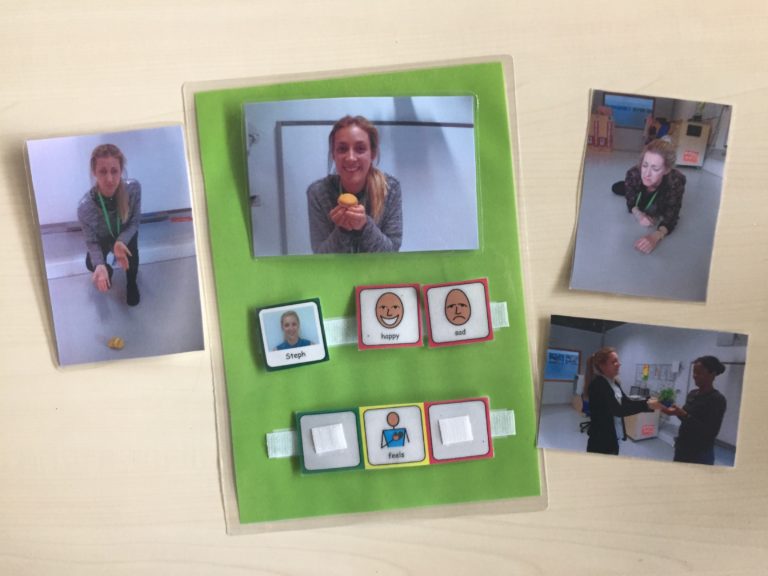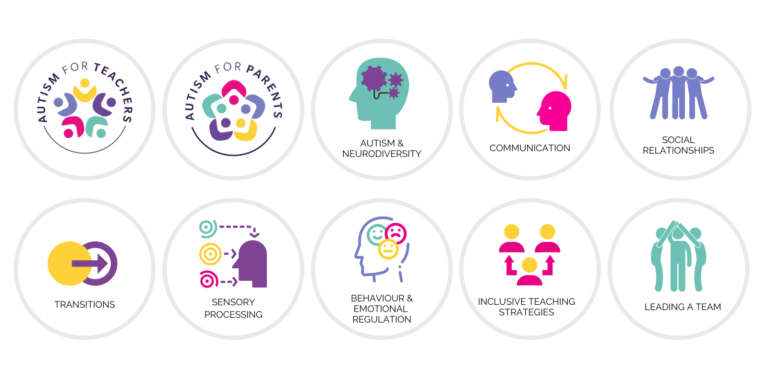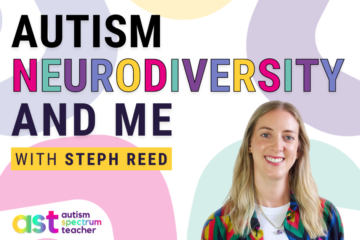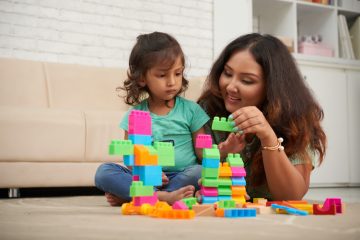Table of Contents
Emotional Regulation is a Key Area of Development.
Being able to regulate emotions means being able to effectively identify and respond to an emotional experience.
For children with autism, understanding their emotion and knowing how to appropriately respond to help themselves regulate, can be very challenging. This, therefore, needs to be a main focus for teachers.
Without being in a calm emotional state, it will be difficult for a child to learn and engage. Likewise, without having effective regulation strategies in place, emotional states can escalate, for example to being overly anxious, angry or excited. This is known as a dysregulated state and can lead to ‘challenging’ behaviour’, due to the child not knowing how to effectively regulate their emotion.
I have used different ways of teaching autistic children to recognise their emotion and respond effectively to an emotional experience. Here are some of the more successful strategies.
Labelling Emotion
In order for children to learn and associate the word for an emotion, they need to hear it in context. Labelling an emotion by telling a child they are for example, “happy”, “sad”, “scared” or “excited” at the time they are obviously feeling that way, will enable them to learn the correct word for the emotion.
If your child looks scared, tell them they are feeling scared. If they are looking obviously excited, tell them they are really excited! I use symbols and sign to further enhance what I am saying. For example, I would show the corresponding symbol and then say and sign “(name) is feeling (emotion)”. Sometimes, this wouldn’t be appropriate depending on what kind of emotional experience they are dealing with. The main theme though is to label the emotional language you want the children to learn and understand.
Prompting the Child to Have a Break
A break from a task can give a child time to regulate. This is a good preventative strategy to avoid a child becoming unsettled perhaps due to taking part in a non-favourable activity or requiring them to take part in a task for longer than they can attend and focus. I would therefore have breaks that were personalised for the children. Some children may require a break more frequently than others.
It is particularly important to prompt a child to have a break if they are beginning to become unsettled or dysregulated. This will help teach them that they are not able to take part in the task and that they need a break. Over time, the child may learn to recognise this by themselves and initiate asking for a break. During a break is a good time to teach calming and relaxing strategies such as breathing activities, using sensory equipment or personalised activities such as reading or playing with playdough.
This, therefore, enables the child to regulate and return to the learning in an emotional state where they are able to learn and engage in an activity.
If a child is to too excited, angry or upset, they will not be able to learn and engage.
It is important to identify the most suitable place inside or outside for a break, that is safe and calming for the child. Consistency and familiarity will really help a child to calm when necessary. It may not even be a specific space for a break, but more so a specific calming activity, such as looking at a book or drawing. Prompting a child to have a break by telling them as well as using a visual support to provide extra cues, will show the child they need to have a break.

Pair Emotion with a Response on a Visual Support

A visual support, pairing an emotion with a regulating activity, will provide a visual cue to support the child. The photo above shows a visual support, pairing an emotion with 2 choices to give a child a choice of regulating activity. Some children may require you to guide them to a regulating activity as they may find it difficult to make a choice when they are becoming dysregulated.
Activities Involving Identifying the Emotion of a Familiar Person in Context

The photo above shows an activity where the child looks at one photo and identifies the emotion of the familiar person, by selecting a symbol or saying a sentence. The photos are more realistic if they are of someone doing something and responding with emotion in context (i.e. sad because I dropped a cake!) rather than just the face.
Listen to the free Autism Spectrum Teacher Podcast episode 2 – Emotional Regulation, Behaviour and Autism with Adem Cetindemar


